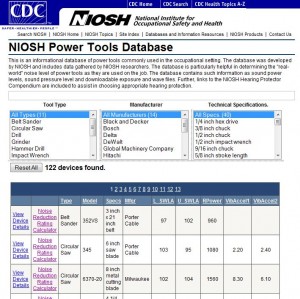Combined Toxic Effects of Chemicals
 Below is a summary of some of the very similar methods and rationale used by agencies to assess the combined toxic effects of chemicals.
Below is a summary of some of the very similar methods and rationale used by agencies to assess the combined toxic effects of chemicals.
ACGIH
Source: TLV’s and BEI’s Publication
- Recommends an additive (combined) approach for two or more substances that affect the same target organ/system
- The ratio of the exposure concentrations are summed together
- If the sum exceeds one, the TLV for the mixture is considered to have been exceeded
- Additive formula applies to simultaneous exposures for hazardous substances with TWA’s, STEL’s, Excursion Limits, and/or Ceiling Limits. Bases (TWA’s, STEL’s, etc.) should be kept consistent, as feasible
- Exceptions are made when it is believed the major effects of the chemicals are not additive or possibly when the mixtures contain carcinogens
- Synergistic effects should be carefully considered

where: C = observed concentration, t = TLV
OSHA
Source: 29 CFR 1910.1000
- Recommends an additive (combined) approach for two or more substances that affect the same target organ/system
- The ratio of the exposure concentrations are summed together
- If the sum exceeds one, the TLV for the mixture is considered to have been exceeded
- Approaches to chemicals with similar effects are not restricted

where: C = observed concentration, t = TLV
NIOSH
Source: NIOSH Methylene Chloride Intelligence Bulletin
- Recommends an additive (combined) approach for two or more substances that affect the same target organ/system
- The ratio of the exposure concentrations are summed together
- If the sum exceeds one, the TLV for the mixture is considered to have been exceeded
- Specifically addressed methylene chloride in the presence of carbon monoxide due to the formation of carboxyhemoglobin

where: C = observed concentration, t = TLV
Other Agencies
-
ATSDR
- Typically a semi-quantitative screening process using flow-chart methodology
- Useful:
- when exposures to the components are not clearly hazardous when considered singly, but potentially
hazardous due to additivity or interactions when considered together - when the community-specific health outcome data indicated that the site might have an adverse
impact on human health, but the exposure-based assessment of each separate component did not - when the health outcome data were ambiguous or did not indicate an adverse impact on human
health, but the exposure-based assessment identified a potential hazard from one or more of the
components.
-
EPA
- Consistent with the ASTDR approach




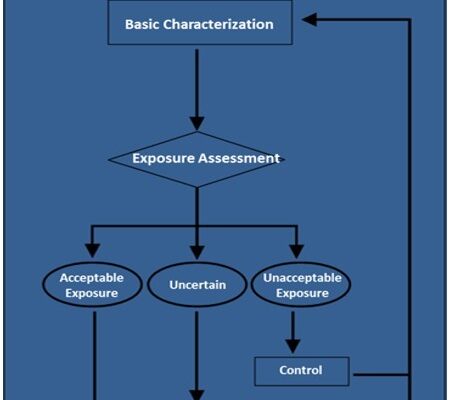

 The Department of Labor is withdrawing the risk assessment proposal in June according to representatives of OSHA. Issued by the Bush Administration in July 2008, critics stated the proposed rule would have added additional time to the rulemaking process which would have “dramatically weakened future workplace health and safety regulations and slow their enactment.”
The Department of Labor is withdrawing the risk assessment proposal in June according to representatives of OSHA. Issued by the Bush Administration in July 2008, critics stated the proposed rule would have added additional time to the rulemaking process which would have “dramatically weakened future workplace health and safety regulations and slow their enactment.”
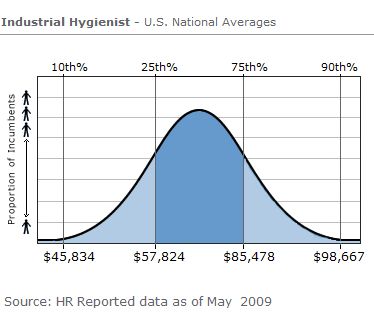
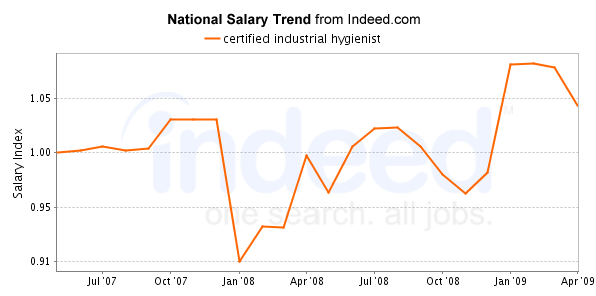
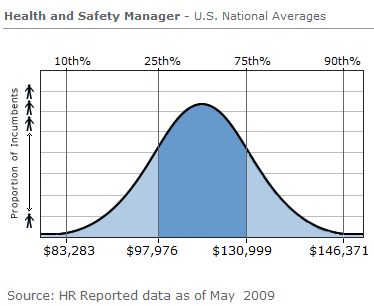
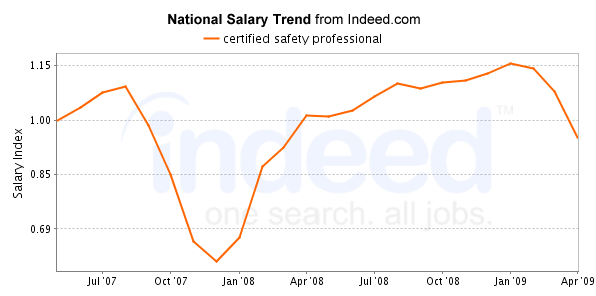
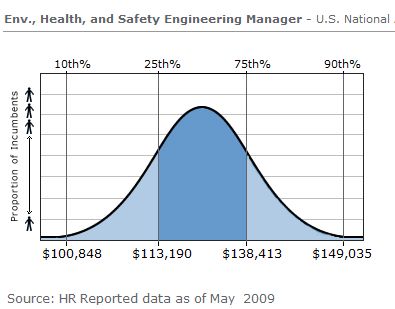
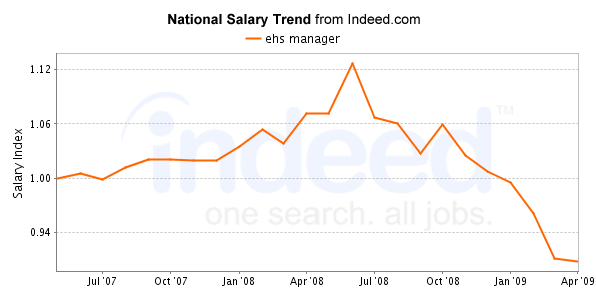
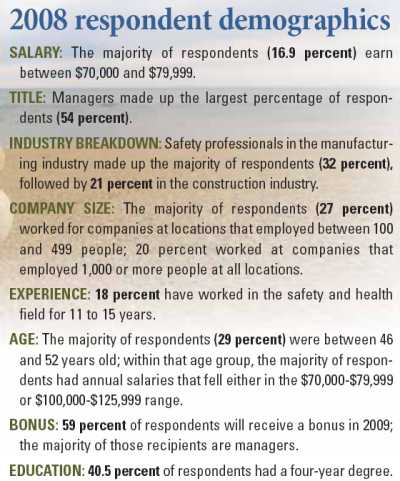
 Full copy of the publication can be found
Full copy of the publication can be found  The National Cancer Institute, a division of the National Institutes of Health, has released a
The National Cancer Institute, a division of the National Institutes of Health, has released a 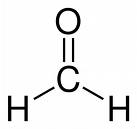 Found throughout industry as a disinfectant, preservative, and by-product, the International Agency for Research on Cancer has classified formaldehyde as a carcinogen. OSHA has estimated that approximately 2.1 million workers in the United States are exposed to the chemical.
Found throughout industry as a disinfectant, preservative, and by-product, the International Agency for Research on Cancer has classified formaldehyde as a carcinogen. OSHA has estimated that approximately 2.1 million workers in the United States are exposed to the chemical.
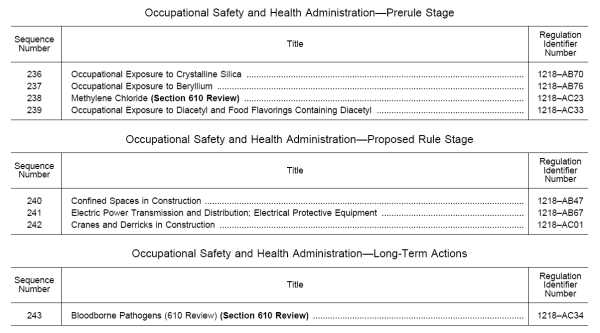
 The Occupational Safety and Health Administration (OSHA) has published the document
The Occupational Safety and Health Administration (OSHA) has published the document  The American Industrial Hygiene Association (AIHA) published guidelines on their
The American Industrial Hygiene Association (AIHA) published guidelines on their 
